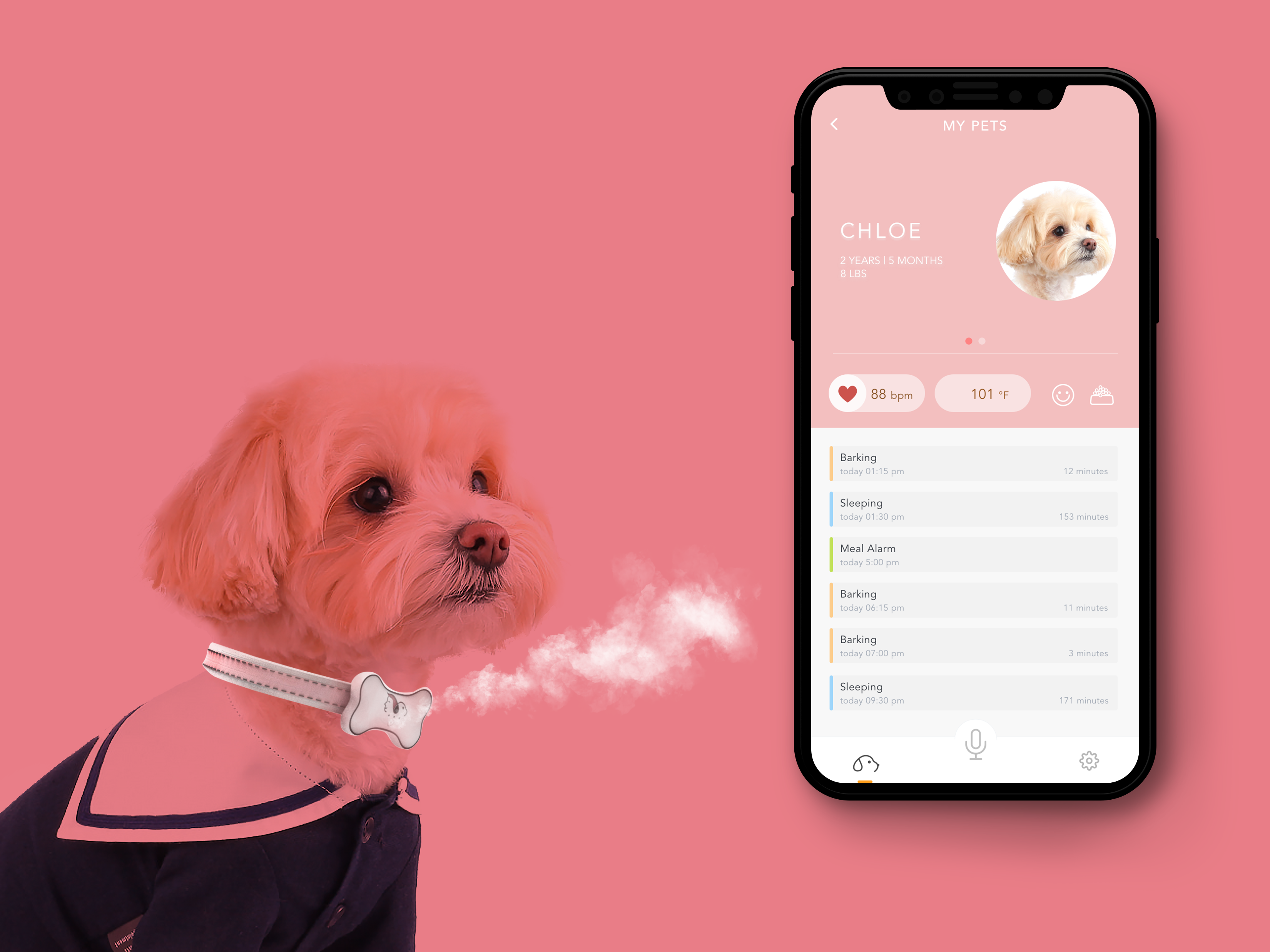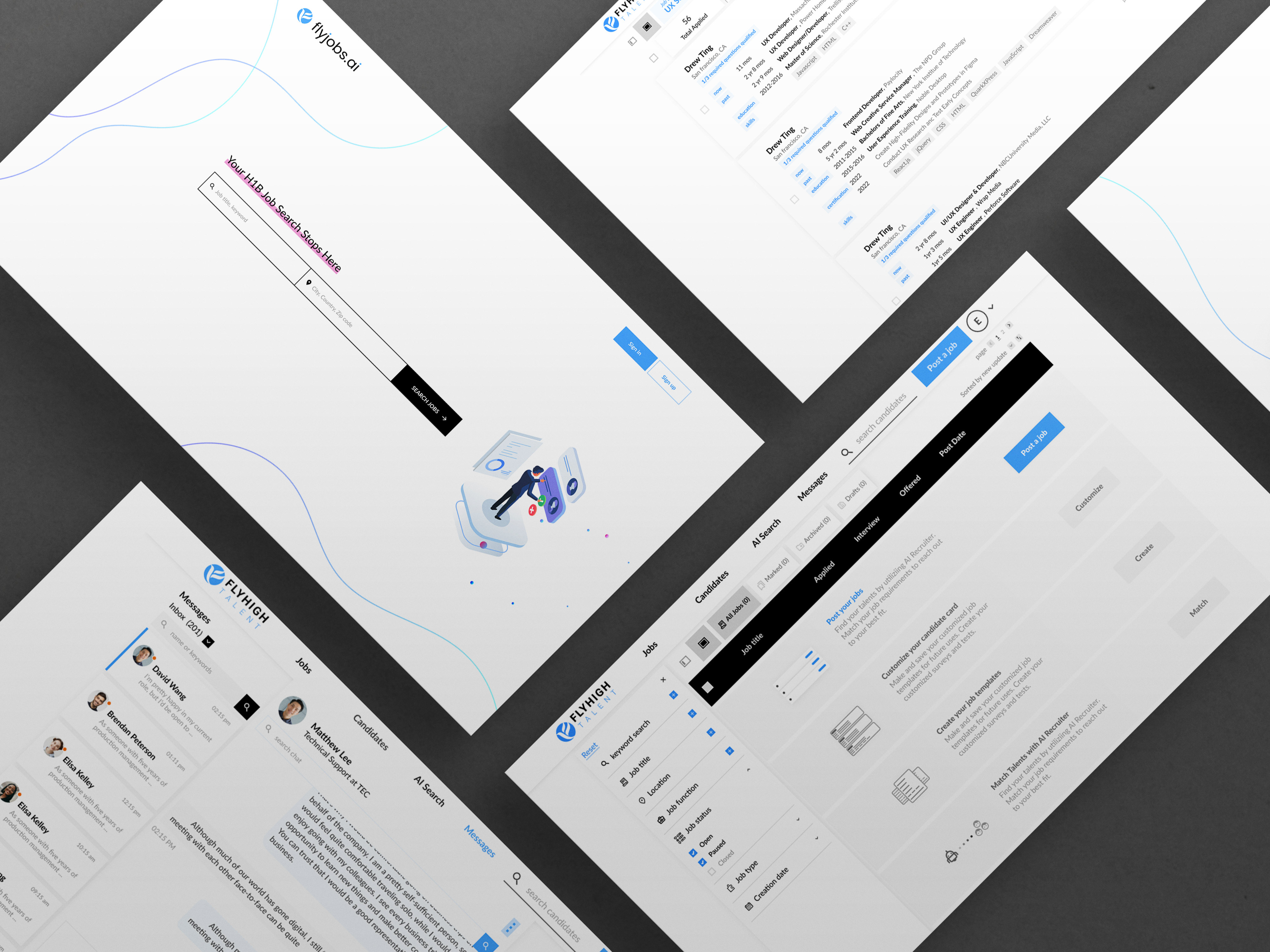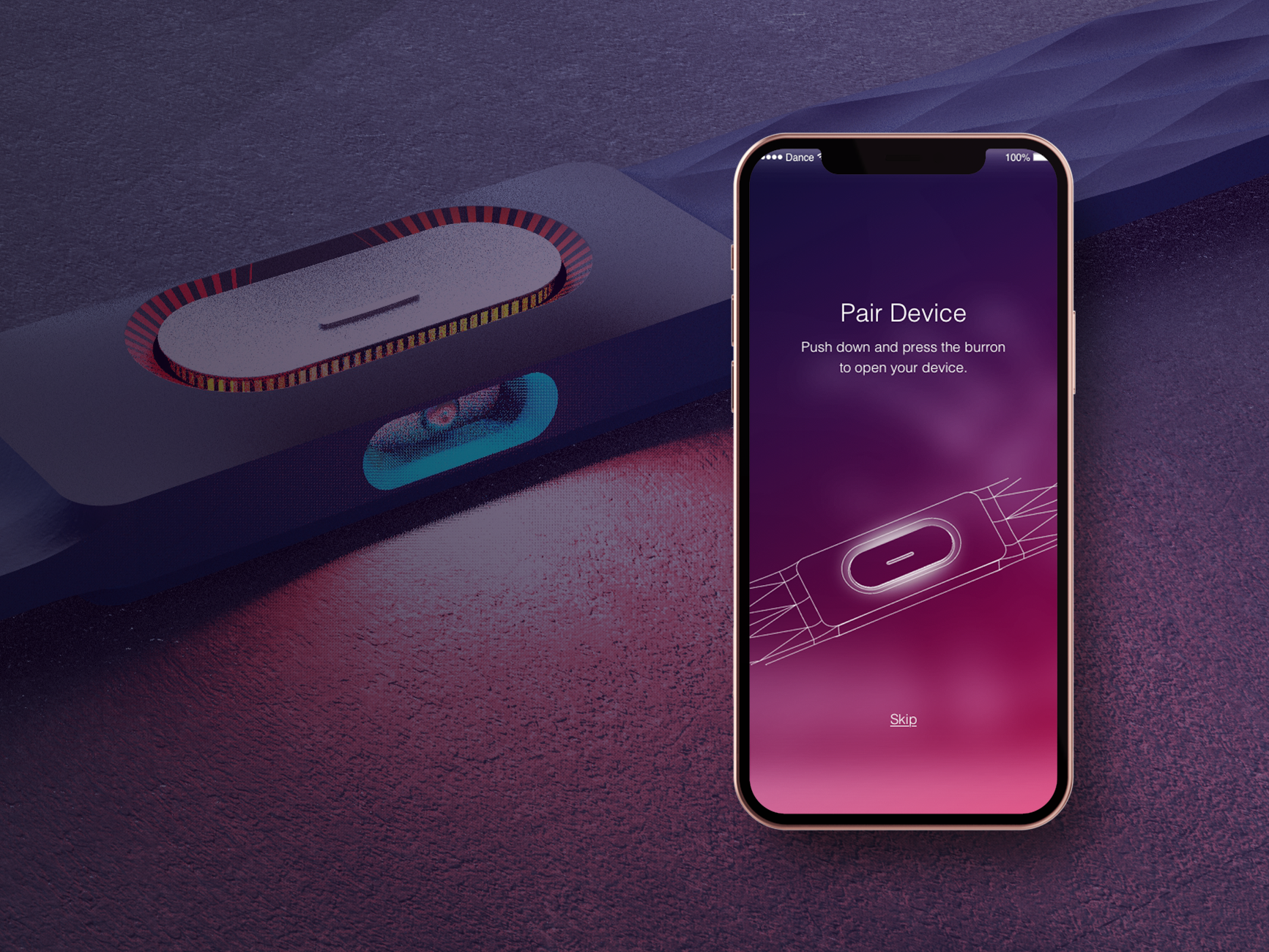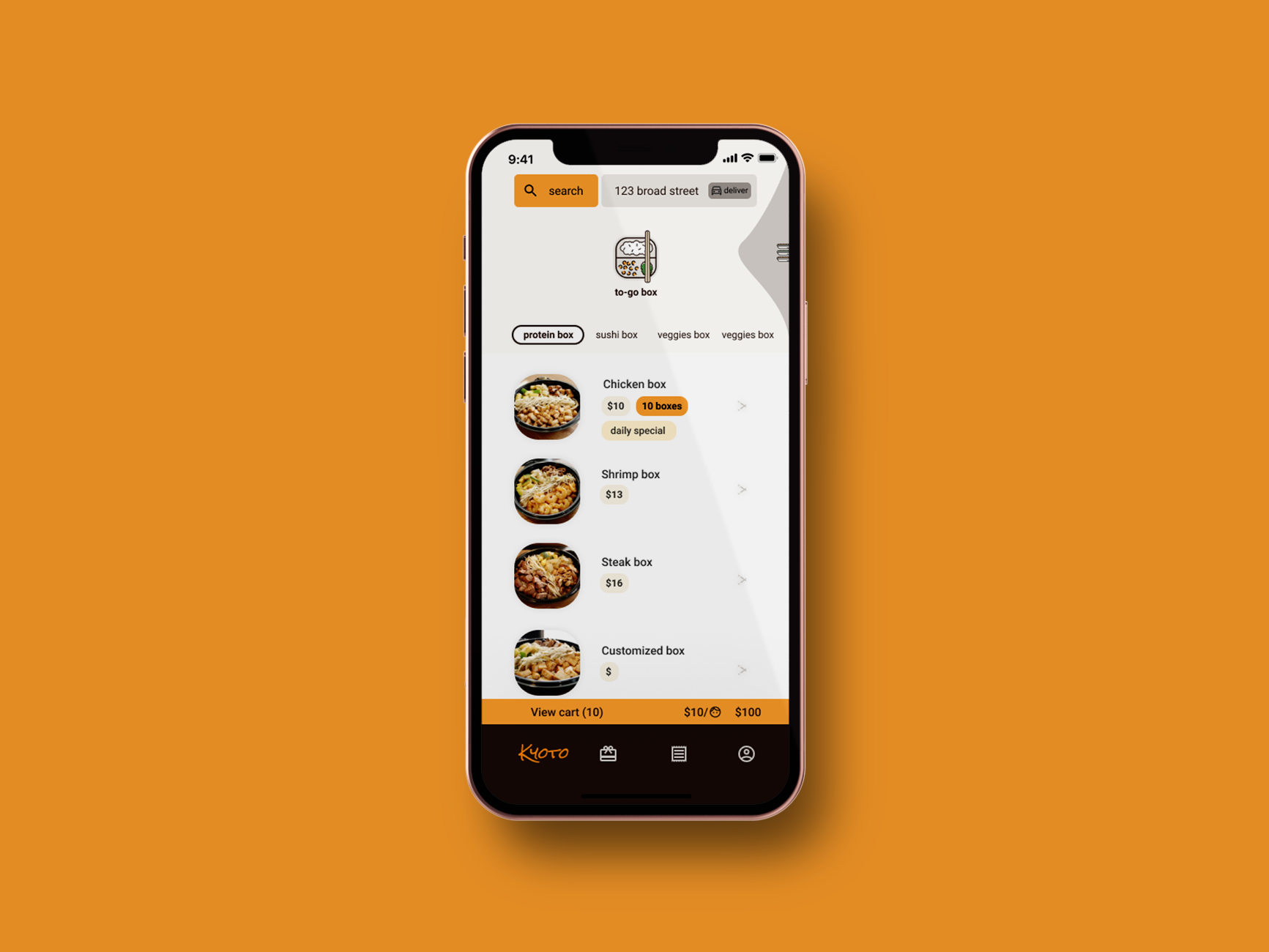A Course Demand Planning System for University Administrators (cooperate with Workday, Inc.)
Goal
Our client was expanding their applications for higher education. The goal of this project is to create a modern desktop application that will redefine the way that institutions will visualize and plan for their upcoming course offerings.
Contextual Interview
The goal for the contextual interviews was to understand the course planning process from multiple viewpoints. We were especially interested in interviewing users who interfaced with different scheduling systems such as Banner, R25, CCI and peopleSoft. We interviewed 11 participants in total, recruiting individuals in positions across Cornell's different undergraduate colleges and graduate schools, as well as in the Registrar's office at Ithaca College, Rhode Island School of Design and Brown. We asked participants to walk us through the course planning and scheduling applications they use daily.
Quotes
"we have 11 colleges. All 11 colleges need full time employees to handle the course system. Each college control its own courses. Control goes complicated when courses correlated with several colleges. Too many systems, too much extra work"
"I have to manually overriding. Students need to get the paperwork and go registrar office to do it manually."
"Prior to interview, I was meeting a professor in-person to explain the limitations of classroom reservations and waitlist issues."
Persona
Current User Flow
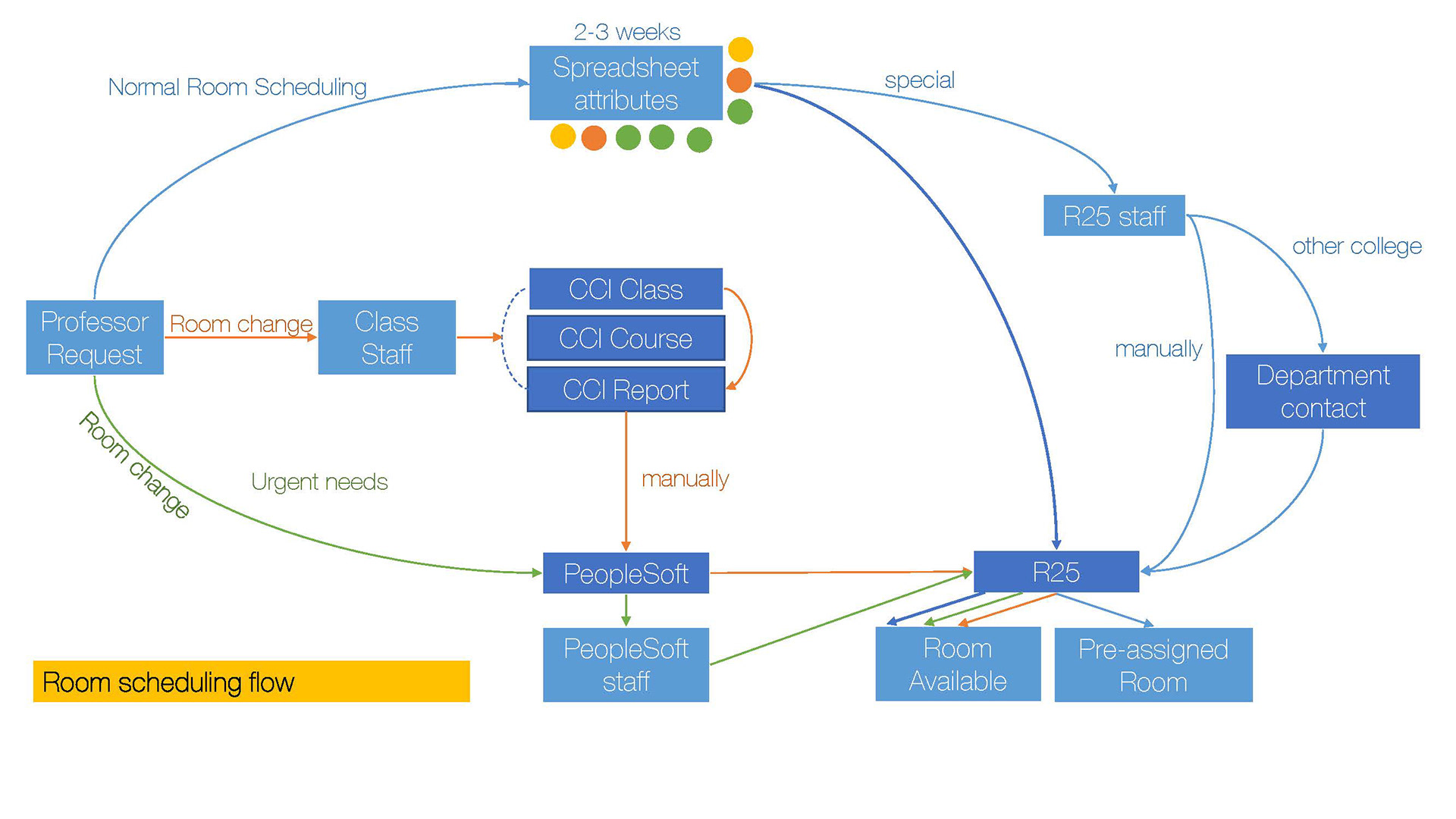
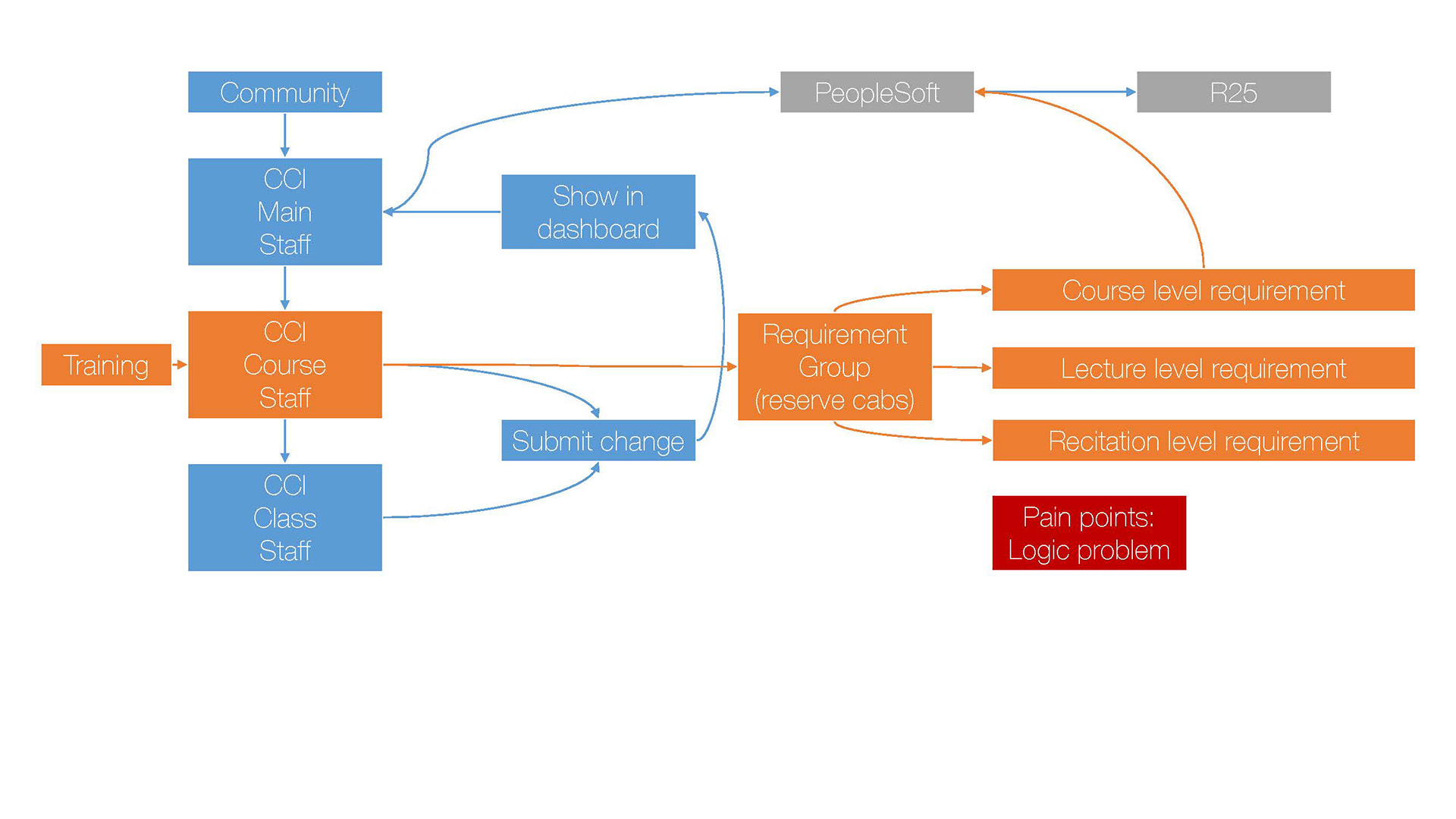
Design Requirements
Decrease manual inputs
the system should decrease current manual overriding processes and additional work or procedures for administrative assistants
Increase simplicity & accuracy of course demand prediction
the system should get estimate demand prediction based on previous years' data instead of based on the staff's experience
Increase the linkage of information
the system should have better communication between administrative assistants, professors and students
The outcome
A course management system that compares student plans with historic outcomes to suggest a more accurate enrollment cap.
Dashboard
During our interview, staffs were often stressed by their overloaded work and numerous trivia details. The application of streamline work bar, to represent what needs to do, in progress and done, has effectively reduced their pressure off from work and given staffs the sense of accomplishment both physically and psychologically after they completed their daily workload.
Also staffs reflected the facts that most communications were through emails, switching between student's emails and the course system repetitively increases cost of time. Our new system will cut this unnecessary cost. Professors can leave directly comments under specific courses. Hence, effectively reduce the existing level of multiple platform communication.
Roster
We have added some minor changes to the existing course editors, and the significance behind is to use UI/UX to simplify current user flow. For example, having the new function of double or multiple adding, (beside the plus button "+"), staffs can quickly add multiple labs and discussion sessions.
Roster
Professors are still using the traditional Excel sheet to upload classroom requirements. This system is able to upload CVS files and identify words and phrases at the same time. Staffs can quickly edit content by simply dragging the corresponding bar.
Roster
The enrollment cap will be more automated, staffs do not need to manually type the number as before. Staffs can also click on "see analysis" button to change the data in more detailed and specific situations.
Reports
Clicking the "see analysis" button also means entering the report interface, which displays historical data and existing demand data. Staff can make changes based on specific conditions.
Student Facing System
So where does the data come from? Most of the "courses taken" numbers will be based on historical data. New courses or courses that become popular out of a sudden can be tailored to the needs of the students. At Cornell University, we have a half-semester elective system and pre-course scheduling software. In our scenario, the data can be combined with the pre-course scheduling software and with the elective system. Here, we call it the "student facing system". We are giving weighting enrollment, for example:
Year (20, 30, 40, 50)
Do they fit prof caps ? (40)
Is the class a major requirement? (30)
Is the class a general requirement? (20)
Has the student tried to submit this class previously? (10)
Did the student submit the pre-form? (5)
Did the student submit the final form late? (-20)
Classrooms
We made some simple assumptions on classroom allocation, mainly due to some of the troubles repeatedly mentioned during the interview. Professors will not check the classrooms' locations till the day before school begins. Only then they will start to complain about their allocated classrooms, whether are the equipments, the sizes, or the geographic locations, etc. All these complaints will lead to the administrative assistants' first week of work extremely overloaded. We felt that some simple design can solve this problem, such as a photo of the classroom that provides Professors the most basic information in a timely and simple way. Moreover, we want to come up with a more visual design that will assist the administrative assistants to make simple and quick adjustments, such as the example below. Of course, it can also be combined with the existing R25 system.
